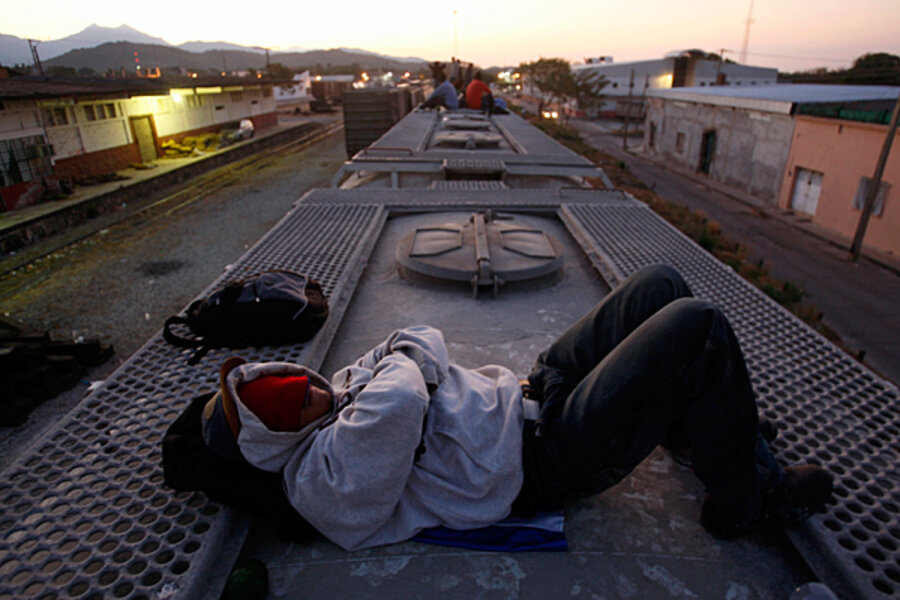Mexico only scored 39, making it No. 6 on the list for social inclusion, with just Paraguay, Nicaragua, and Guatemala behind it. Why?
Mexico has made strides toward poverty reduction in the past decade, and is a top performer in terms of those living on more than $4 a day. But of all the nations surveyed, Mexico is most tied to the economic health of the United States, and was among the hardest hit by its northern neighbor's recession. One of its biggest challenges is creating viable jobs in the formal sector. Unemployment is reported at about 5 percent, but that does not factor in those who are underemployed or work to make ends meet by selling tacos on street corners or offering plumbing services on the side. Mexicans who may have moved into the “middle class” are vulnerable because they lack access to social security, pensions, sick days, catastrophe coverage, and all the “cushions” that are the hallmark of a thriving, and secure, middle class.





